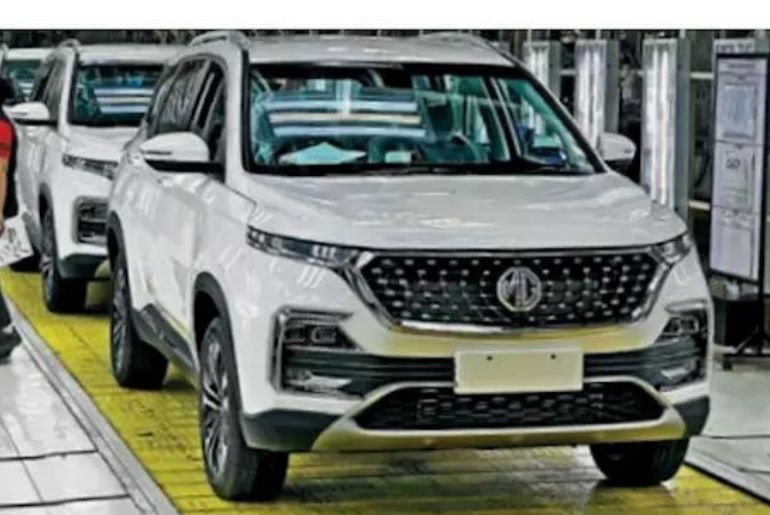In the ever-evolving landscape of automotive manufacturing, lightweighting has emerged as a focal point for driving innovation, efficiency, and sustainability. As the industry transitions towards electric vehicles (EVs) and embraces autonomous mobility, the demand for advanced lightweight materials is only going to go up. While the word lightweight tends to be typically associated with materials like aluminium and carbon, new types of specialised, high-strength steel are keeping the metal firmly in contention.
One of those who believe steel is going to be around for quite a long time in automotive manufacturing, is Kinshuk Roy, Executive Vice President for Application Engineering and New Business Development at JSW Steel. Roy believes steel can be modified to retain much of its strength, even as its thickness is brought down more and more. “While the thinner material maintains all characteristics of strength, tactility etc. advanced high strength is maintained…They have the characteristic of being thinner and yet strong,” he said.
“Steel is a wonder material from a lightweighting perspective.” Roy added that with steel, manufacturers can achieve significant weight savings without compromising structural integrity — a crucial factor for enhancing driving dynamics and extending the range of both traditional and electric vehicles. Processes like hot stamping and hydroforming complement the use of high-strength steel, enabling the fabrication of complex components with improved efficiency. “Moreover, multi-material design approaches involving magnesium and aluminium offer further optimisation opportunities, albeit with unique challenges,” he said.
Lightweighting, which has been an essential aspect of vehicle design for more than a decade, will gain more importance going forward, Roy said. “With the latest transition in the mobility space as a whole, the future will be defined by EV (electric vehicles) and the autonomous vehicle concept, although it may take some time to catch up in India. Because of this, there will be a pressing need to use advanced lightweight material in automobiles to improve driving dynamics and vehicle range for EVs, and to some extent, in ICE engine and hybrid,” he added.
Lightweight vehicle structures are essential for offsetting the weight of systems like batteries, he explains. According to him, beyond the use phase, factors such as material production emissions and endof-life recyclability play a pivotal role in determining the overall environmental footprint. “Initiatives like the government’s vehicle scrapping policy signal a step towards enhancing recyclability and sustainability within the automotive ecosystem,” he adds.
While the automotive industry grapples with the rapid pace of technological advancements, Roy underscores the need for collaboration, innovation and supportive regulation. Regulations should integrate lifecycle considerations, mirroring developments seen in Western markets, he pointed out.
“In the west, the concept of LCA has already been included in the regulation. It will take time for these things to mature in India. Improvement in the IT and technology side will also be one of the things that will catch up in India, along with the overall infrastructure development in the country,” he noted. “All the steel mills and auto OEMs have put great thrust behind localisation. It was a challenge, but over the last few years, there has been a lot of progress,” he added.

